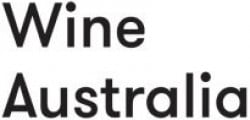Wine Australia

Smoke detection devices are used to compare airborne smoky “phenol” compounds with those in smoke-affected grapes and wine to gauge the impact of fires on the final product. This Rural R&D for Profit project aims to provide the Australian wine industry with a way of testing for smoke taint earlier, enabling wine growers savings in time and money and helping growers plan future vintages with greater certainty. This project is developing better tools to help with early detection to ensure no smoke taint can get into wines and to give certainty to growers deciding whether to harvest vineyards affected by smoke.

-crop-850x675.png)
Have questions?
Find answers to our most frequently asked questions on research projects, commercial opportunities, organisations and more.
Still have questions or have feedback on the site? Please get in touch by completing our enquiry form.